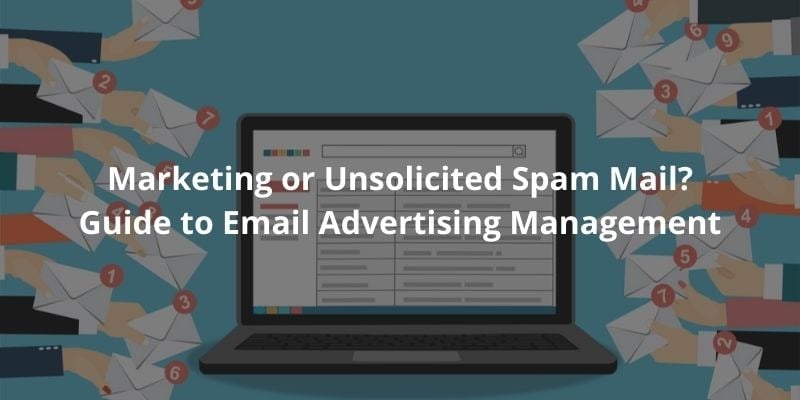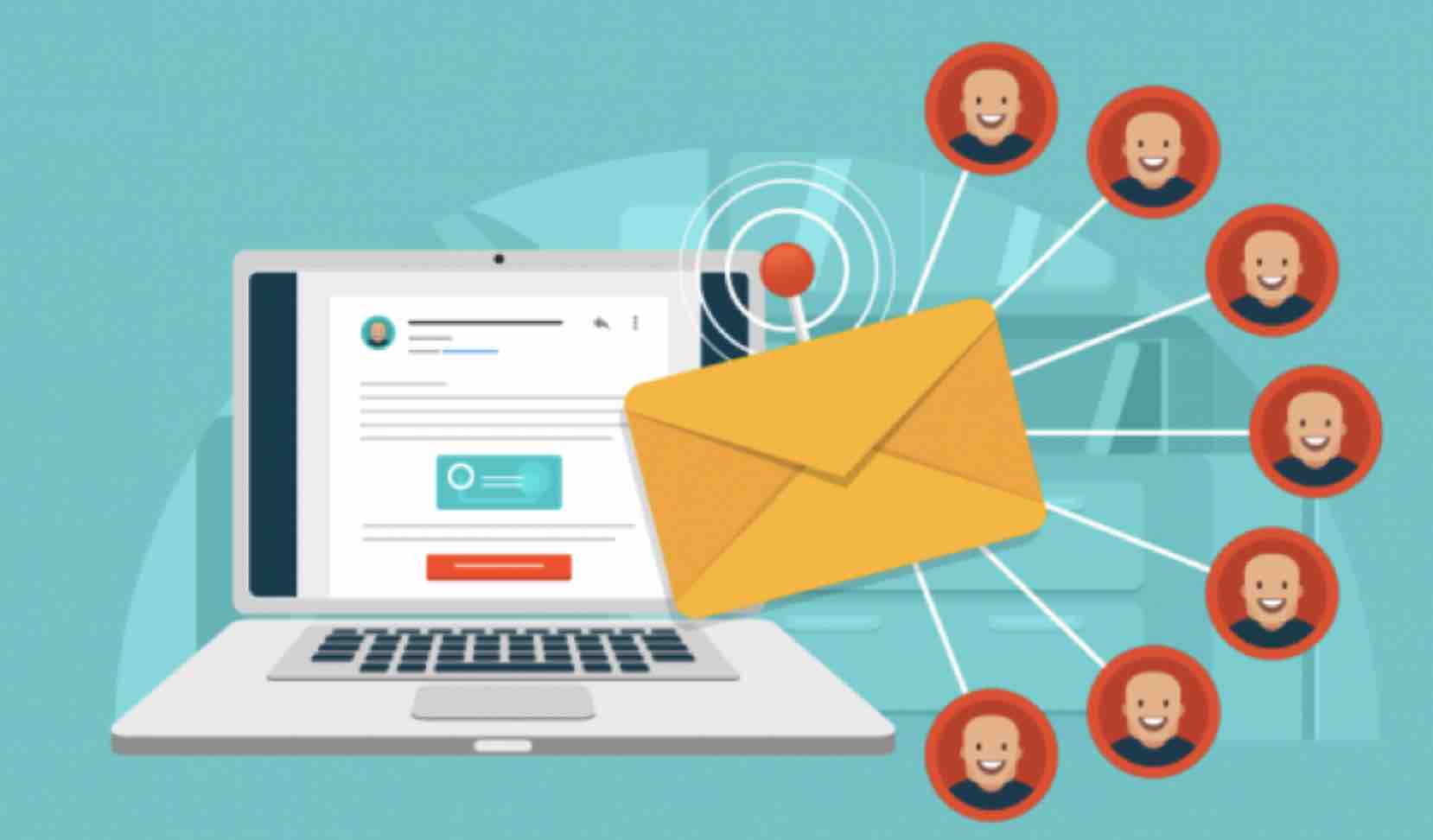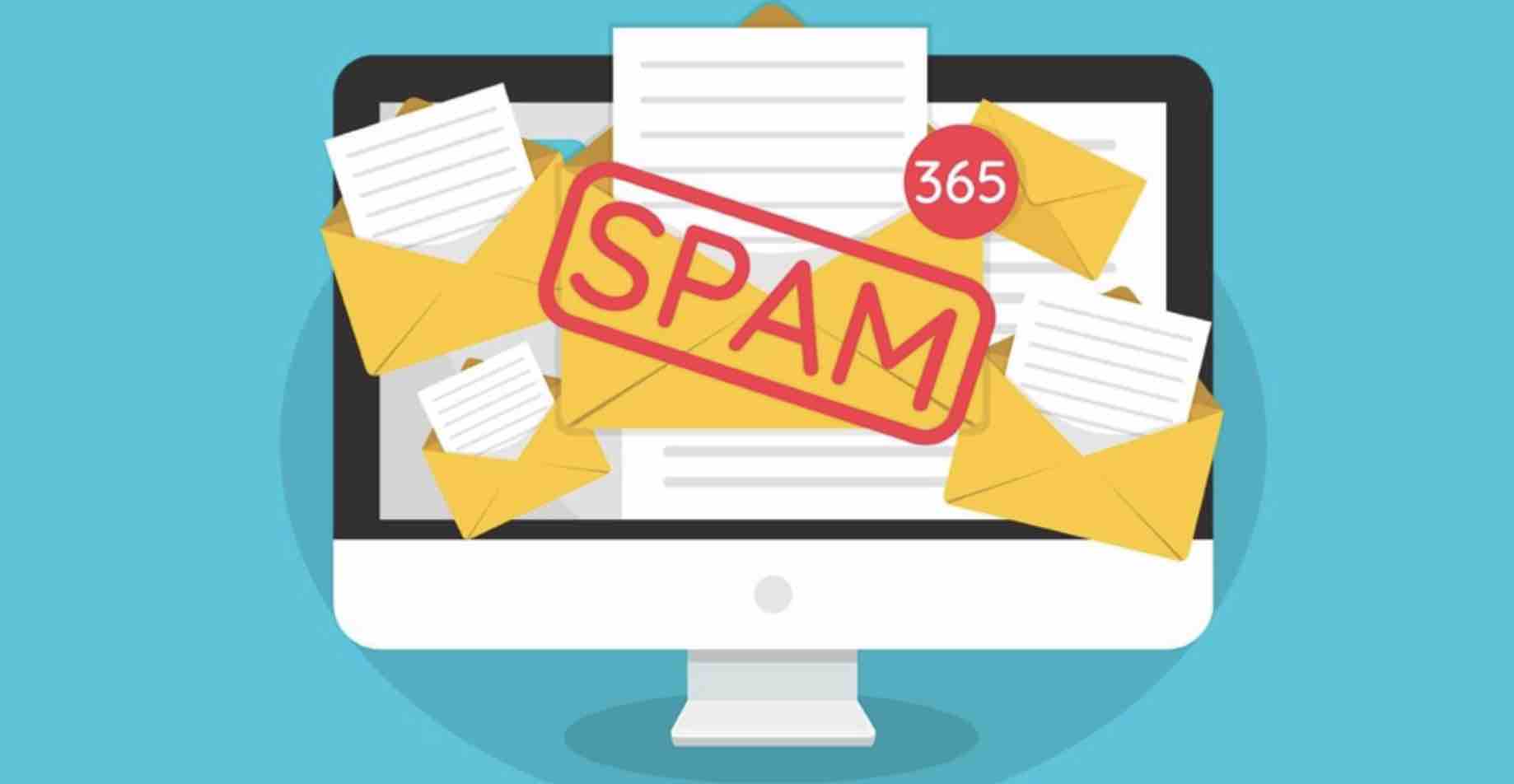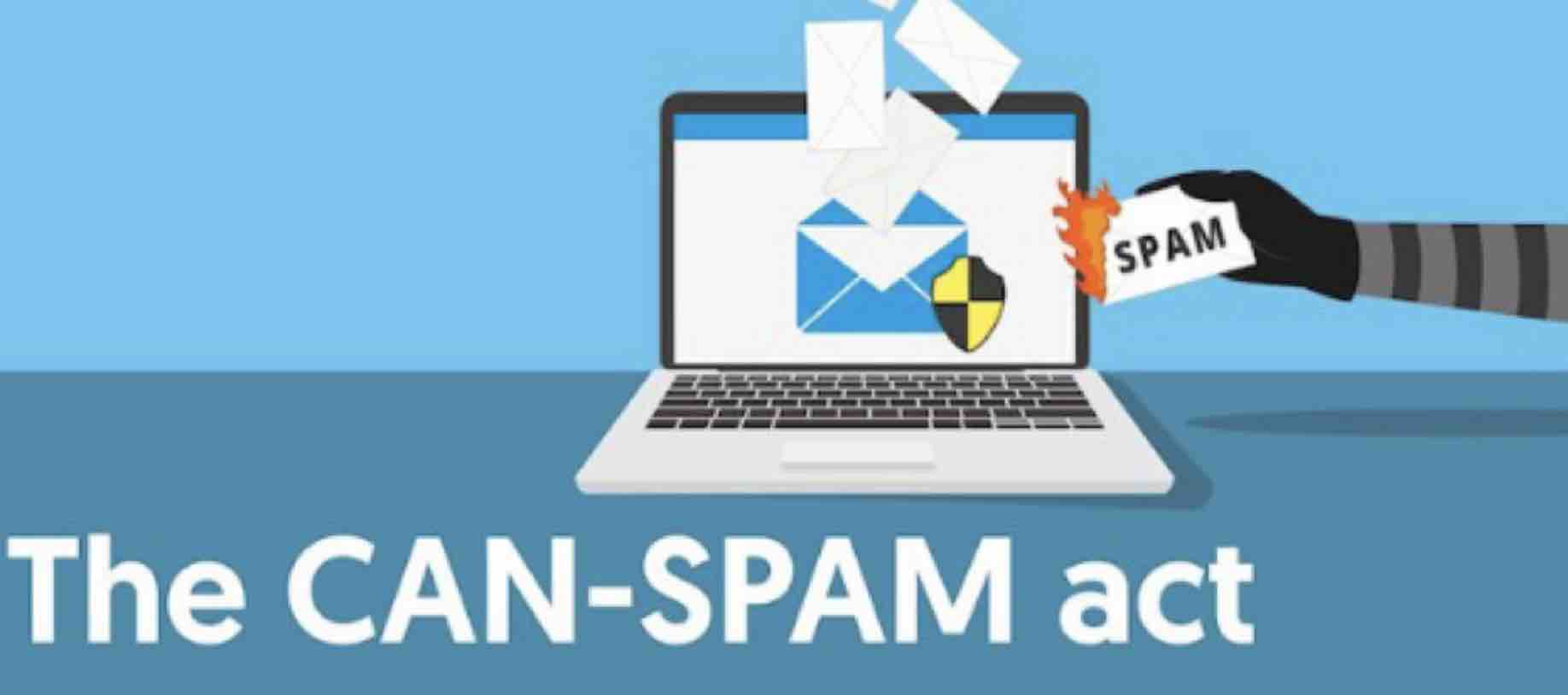Navigating the Gray Area: How to Effectively Manage Email Advertising without Crossing into Spam Territory
8 May 2025
9 Sep 2020
min read

Email marketing is an essential marketing strategy for brands who wish to directly market their product/good and increase their sales. Email marketing involves companies targeting their consumers directly to increase brand awareness and the prospects of consumer loyalty. While email marketing has clear benefits such as being low cost, flexible and effective, consumer privacy is at stake – companies must be hyperaware to ensure that they do not cross the line between email marketing and unsolicited spamming. A key difference between email marketing and Spam is that Spam is unsolicited.
But what exactly are the legal requirements you must comply with for email marketing campaign, and what are the associated risks? We will be giving you some pointers on how you can comply with the privacy laws of your jurisdiction and avoid legal liability relating to unsolicited spam mails.
You should also note that the laws and regulations of each jurisdiction may well be different and you may want to consult a local lawyer to obtain the most accurate and professional legal advice.

A. Email Marketing / Adverting Management
1. What is Email Marketing / Advertising Management?
Email Marketing also called Email Direct Marketing (EDM), is one of the effective digital marketing channels. It involves targeting past and potential customers by sending emails to promote products and services. Email marketing is one of the most common and effective online marketing strategies.
There is a lot of content you can promote via email marketing. Some examples include:
-
New products or services
-
Discounts
-
Engagement activities/Call-to-action
-
Educational articles
-
Brand awareness articles
If you want to get an idea of what Email Marketing should look like, you can check out templates on DocPro.com here:
Promotional Email - Anniversary Grand Sale (Discount)
Promotional Email - Health/Fitness Programme Package
Promotional Email - Club Membership
2. Why Email Marketing / Advertising Management?
Advantage #1: Email Has The Most Number Of Active Users
Statistics show that 296 billion emails are sent and received each day, and 3.4 million emails are sent every second (a few million were sent just as you read this paragraph.) It is also currently projected that the number of active email users will reach 4.3 billion by 2023. With at least 99% of consumers checking their email daily, email marketing will prove to be far more important than any other digital marketing strategy.
Advantage #2: Email Marketing Management Has The Best Conversion Rate
Email marketing has an average expected Returns on Investment (ROI) of $42 for every $1 spent.
Direct emails also enable the consumer to purchase the product/service in just one click, whereas other marketing techniques such as social media marketing tend to just promote social interactions. Studies have shown that the average order value of an email is 3 times higher than that of social media. This means it is 3 times easier to generate sales online by email marketing!
Advantage #3: Email Marketing Management Turn One-time Buyers Into Loyal Fans
One special feature is - dynamic content, you can attach links, pdf files, word documents, blogs, social media, business websites, etc. For instance, you can send a Promotional Email to Communicate a Newly Published Article about your Business. Not only can you generate a large flow of traffic to the published article, but you can also build personal connections with your audience through email. When executed well, email marketing helps increase customer loyalty to your brand and raise brand awareness, eventually leading to a steady source of cash flow.
Through email marketing, you will also be able to curate content for potential customers by looking at their demographics. By analysing your audience, you can tailor-make emails for specific groups of customers. This will ensure that they only see the messages they want most, increasing the conversion and overall engagement rate.
Here is a template of a Promotional Email to Introduce a Unique Product. You can follow use this template to draft a tailor-made email to drive sales.

B. Unsolicited Spam Mail
1. "Unsolicited" Meaning and Definition
In most jurisdictions, it is illegal (under privacy law) to spam people with unsolicited emails.
But what exactly does "unsolicited" mean? The word is used in circumstances where the recipient has not asked for or authorised the sender the send email to him. It involves the absence of verifiable permission given by the recipient for the email to be received.
2. What is Spam Mail?
Spam mail is an unsolicited bulk email sent indiscriminately to a large list of recipients. This means that the email being sent shares identical content with all the other emails being sent to different people.
3. How does Spam Mail Work?
Typically, spam emails are sent for commercial purposes by a business. To send commercial advertisement emails, businesses will first obtain customers’ email addresses. Common strategies to do so include:
-
Filling a questionnaire
-
Signing up for a giveaway, lucky draw or social media challenge
-
Subscribing to the business newsletter
-
Purchasing a customer list from other companies or marketing agencies
For emails to constitute spam mail, the business must have had no consent or permission to send the email out. The business then typically compiles a list of recipients and mass sends promotional emails in a repeated fashion. Additionally, for spam mails, there are usually no checkboxes for customers to or opt-out of the emails, unlike other marketing emails.

Despite the tremendously low revenue generated (ROI) per email and the damage caused to the businesses’ image, some businesses continue to send spam mail due to its low cost. However, this is risky because their domain and emails are often blacklisted by internet service providers as a result. Additionally, spam emails often head straight to the junk box.
Governments around the world, however, have implemented new privacy measures to protect consumers from spam emails. We will now be explaining the specific compliance requirements you need to comply with while using email marketing as your digital marketing strategy.

C. How to Avoid Breaking the Law?
1. Compliance with Legal Obligations
The law against spam mails differs across jurisdictions. To obtain the most accurate and professional legal advice, you should consult a local lawyer to avoid liability for your business. Here are some guidelines on email marketing management if you are based in the US, EU, or the UK.
2. Email Marketing Management Requirements in the United States (US)
In the US, the CAN-SPAM Act determines whether an email is spam or used appropriately for marketing purposes. Violating the CAN-SPAM Act can make businesses subject to a penalty of up to USD 43,280. Here are the guidelines the Federal Trade Commission have introduced:
Guideline #1: Don’t use false or misleading header information.
Your “From,” “To,” “Reply-To,” and routing information – including the originating domain name and email address – must be accurate and identify the person or business who initiates the message.
Guideline #2: Don’t use deceptive subject lines.
The subject line must accurately reflect the content of the message.
Guideline #3: Identify the message as an ad.
The law gives you a lot of leeway regarding how you want to do this, but in any case, you must disclose clearly and conspicuously that your message is an advertisement.
Guideline #4: Tell recipients where you’re located.
Your message must include your valid physical postal address. This can be your current street address, a post office box you’ve registered with the Postal Service, or a private mailbox you’ve registered with a commercial mail receiving agency established under Postal Service regulations.
Guideline #5: Tell recipients how to opt out of receiving future emails from you.
Your message must include a clear explanation of how recipients can opt out of getting an email from you in the future. Include the notice in a way that is easy for the ordinary person to recognize, read, and understand. You might want to play around with type, size, colour, and location to see how you can improve the visuals and level of overall clarity. You should also give a return email address for people to communicate their choice to you.
You can also create a menu to allow recipients to opt-out of certain types of messages, but most importantly, you must remember to include the option to stop all commercial messages from you. Make sure your spam filter doesn’t block these opt-out requests.
Guideline #6: Honour opt-out requests promptly.
Any opt-out mechanism you put in must be able to process opt-out requests for at least 30 days after you send your message. You must honour opt-out requests within 10 business days. You cannot charge a fee, require the recipient to give you any personally identifying information beyond an email address or make the recipient take any step other than sending a reply email or visiting a page on a website. Once they have informed you that they don’t want to receive more messages, you cannot sell or transfer their email addresses, even in the form of a mailing list. The only exception is transferring the address to a company you’ve hired to help you comply with the CAN-SPAM Act.
Guideline #7: Monitor what others are doing on your behalf.
The law makes it clear that even if you hire another company to handle your email marketing, you cannot contract out your legal responsibility. This means that both the company whose product is promoted in the message and the company that sends the message can be held legally responsible.

3. Email Marketing Management Requirements in the European Union (EU under GDPR)
The GDPR has been in force since 2018. Its requirements go well beyond the EU Privacy Directive as it requires affirmative, informed, and unambiguous consent from email recipients to be compliant.
Guideline #1: Silence, pre-ticked boxes or inactivity should not constitute consent.
This means that positive opt-in is required from customers. If you have ticked boxes for users to opt-in, they need to be unchecked to comply with the GDPR. Do not use pre-ticked boxes.
Guideline #2: Email consent must be separated from privacy policy and other terms of use.
Users should have a choice to use online services without signing up for newsletters or other marketing materials. If the use of services is conditional on the user to accept terms of use, privacy policy, cookie policy and marketing materials through one checkbox, then it will be deemed that consent has not been freely given. Accepting email materials should be optional and selected separately.
Guideline #3: Demonstrate that the user has given consent to the processing operation.
You will need to keep records of consents by your users and be able to provide proof of:
-
the identity of the individuals who consented
-
the time of consent
-
what they were told at the time of consent
-
how they consented
-
if they have opted out of the consent
Guideline #4: Allow users to opt-out or withdraw their consents.
The GDPR requires you to allow your users the right to withdraw his or her consent at any time. You must make it easy for your users to opt out and must not charge any fees for it. The best way is to include an unsubscribe link to the bottom of every email to your users as per the US requirements above.
4. Email Marketing Management Requirements in the United Kingdom (UK)
In the UK, the Privacy and Electronic Communications Regulations 2003 determines if an email constitutes spam or a marketing strategy. Here is the legal guide issued by the Information Commission's Office.
To put it bluntly, you must not send electronic mail marketing to individuals, unless:
-
they have specifically consented to electronic mail from you; or
-
they are an existing customer who has bought (or negotiated to buy) a product or service from you in the past, and you gave them a simple way to opt-out both when you first collected their details and in the messages you sent.
Sole traders and some partnerships are treated as individuals. So, you may also need to consider data protection implications if you are emailing employees at a corporate body who have personal corporate email addresses (eg [email protected]).
5. Bought-in Marketing Lists
As previously mentioned, some marketing agencies sell lists of email addresses to corporations as a product. Specific provisions are governing this. Generally, you can only sell your marketing list if you have the consent of the listed individuals to do so. Other businesses will only be able to use the list for recorded calls, texts, or emails if the people on the list have specifically consented to receive that type of message from that company.
You must be very careful before you use bought-in lists for recorded calls, texts, or emails. You can only use them if everyone on the list has consented to receive that type of message from you. Generic consent covering any third party will not be enough. You must check that the list is accurate, the details were collected fairly, and that the consent given was specific and recent enough.
If possible, you should avoid bought-in marketing lists at all costs.
6. Opt-out list
As soon as someone objects to or opts out of your marketing, you should add them to a do-not-contact list. Additionally, before sending out the marketing emails, you should screen the contact list against this list to ensure you don’t contact anyone who has opted out. You may send an immediate reply confirming they have unsubscribed, but you must not contact them later even if this is just to ask if they want to opt back in.
You should not simply delete their details altogether, as you need to ensure they are not later put back on your marketing list by mistake (for example if you buy more leads that include the same details). If someone asks you to delete their details, you should explain that you will need to keep them on a ‘do not contact’ list to make sure you comply with their right to opt-out.
D. Feel like the legal compliance requirements are too complicated?
If you feel like the legal compliance requirements are too complex, you can hire a marketing agency or an online marketer to help manage email marketing for you. With expertise and experience, these agents can help you avoid liability in email marketing. Check out some useful agreements here:
Service Agreement - Online Marketing (Neutral)
This is a service agreement suitable for online marketing, e-mail promotion, social media, and other digital marketing services. Under this agreement, an online marketer provides marketing services for a customer at an agreed price. This agreement is drafted in neutral form.
Service Agreement - Online Marketing (Customer)
This is a service agreement suitable for online marketing, e-mail promotion, social media, and other digital marketing services. Under this agreement, an online marketer provides marketing services for a customer at an agreed price. This agreement is drafted in favour of the customer.
Service Agreement - Online Marketing (Marketer)
This is a service agreement suitable for online marketing, e-mail promotion, social media, and other digital marketing services. Under this agreement, an online marketer provides marketing services for a customer at an agreed price. This agreement is drafted in favour of the marketer.
Frequently Asked Questions
- What are the differences between email marketing and Spam?
A key difference between email marketing and Spam is that Spam is unsolicited. In case of email marketing, you send the message to a targeted list of potential customers who have opted-in to receive it.
- Is it legal to send unsolicited emails?
Sending unsolicited emails can be illegal in some countries.In Australia, Spam emails are illegal and consent is required before any marketing emails are sent, however, such emails are legal in the United States.
Therefore, you must comply with the local laws applicable to unsolicited emails in your jurisdiction.
- Is it legal to purchase an email list and promote your product/services?
Ben Michael, an attorney at Michael & Associates, is of the opinion that while it is not illegal to purchase an email list, it is illegal to send messages to people who haven't consented to receive them.
Please note that this is a general summary of the position under common law and does not constitute legal advice. As the laws of each jurisdiction may be different, you may want to speak to your lawyer.
Keywords:

